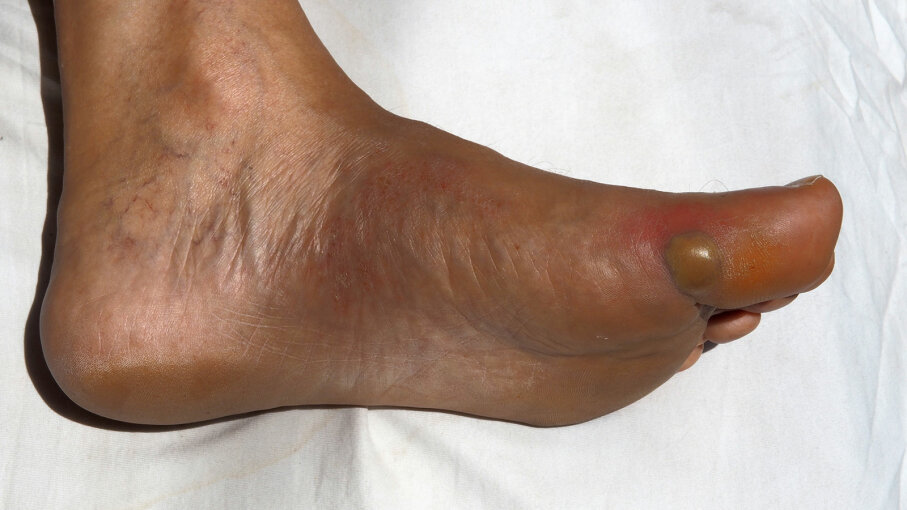Cleansing, without a doubt, is an integral part of maintaining good hygiene. A 2011 study published in the Indian Journal Of Dermatology suggests that cleansing products have been used for centuries to treat a variety of dermatological disorders, such as acne, rosacea and atopic dermatitis.
And since there are many factors that can influence your skin health (including stress, weather and hormones), board-certified dermatologist Peterson Pierre does see some positives associated with the situational cleansing method, especially since it can help address skin concerns at a particular time.
“Situational cleansing refers to switching cleansers based on different life circumstances,” Pierre told HuffPost. “This can be very beneficial because there are times when your skin will be dry (or oily, red and irritated), so this gives you the flexibility to properly address your skin’s needs at the appropriate time.”






